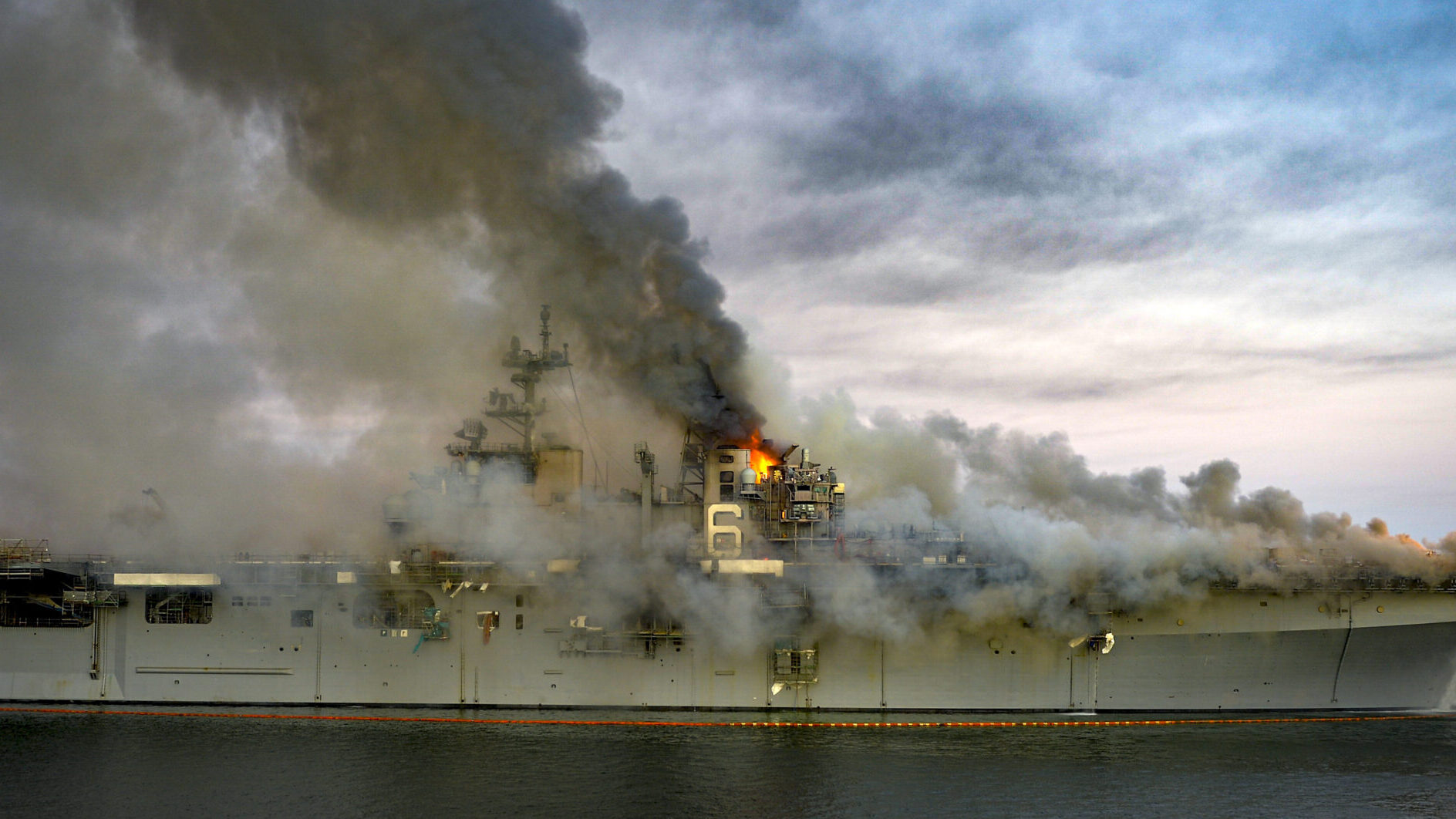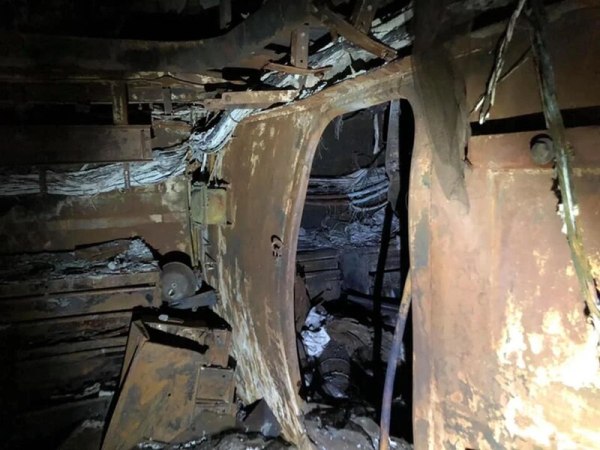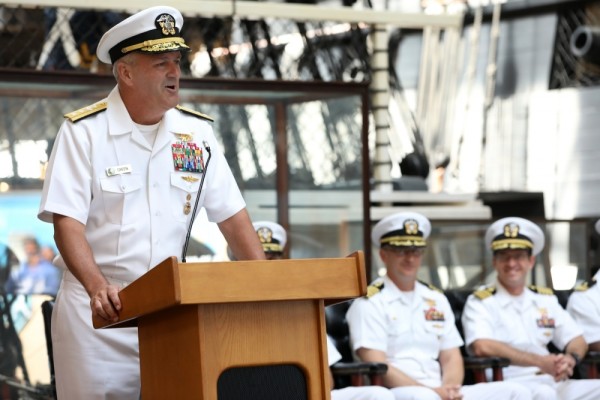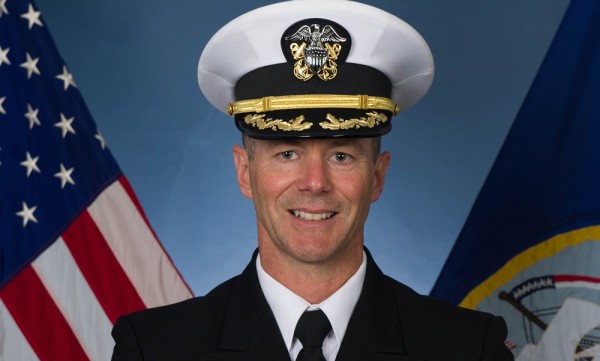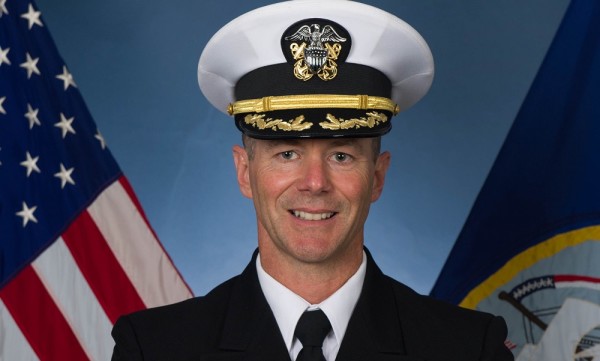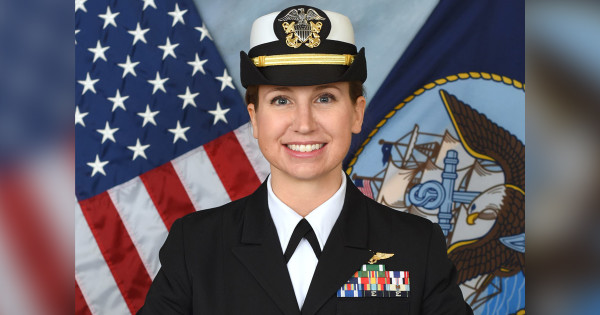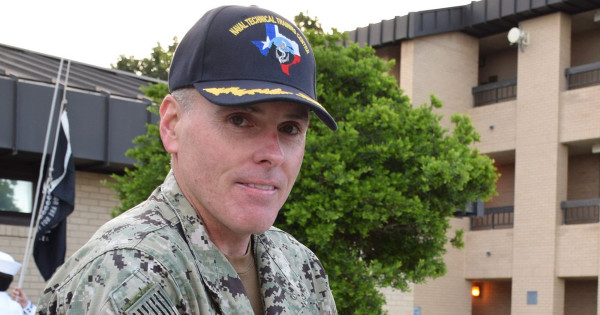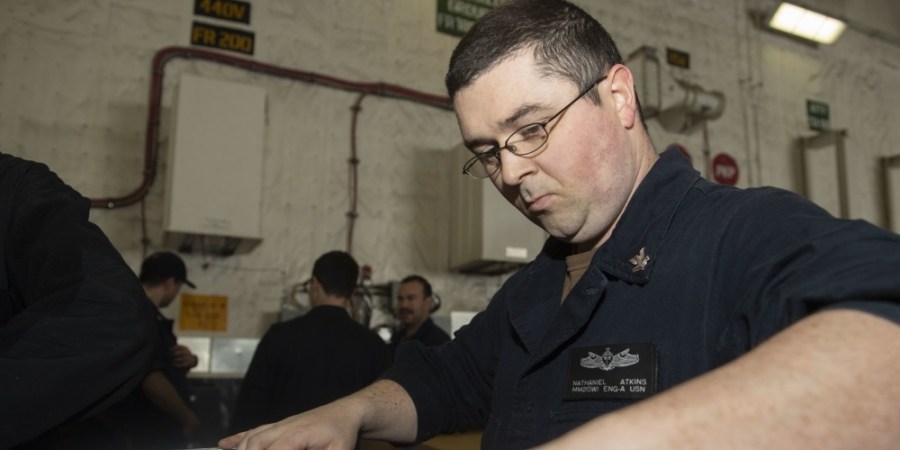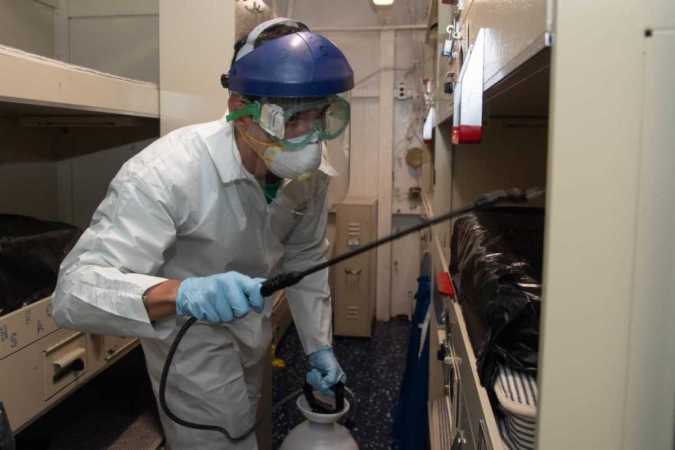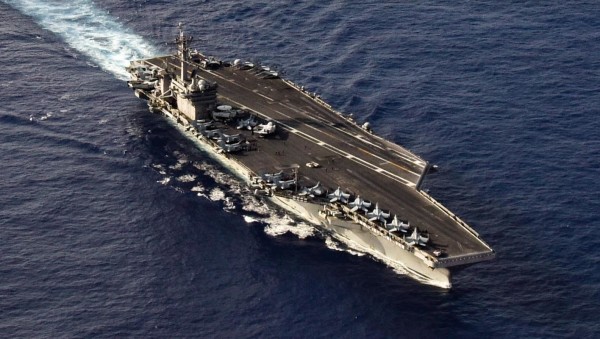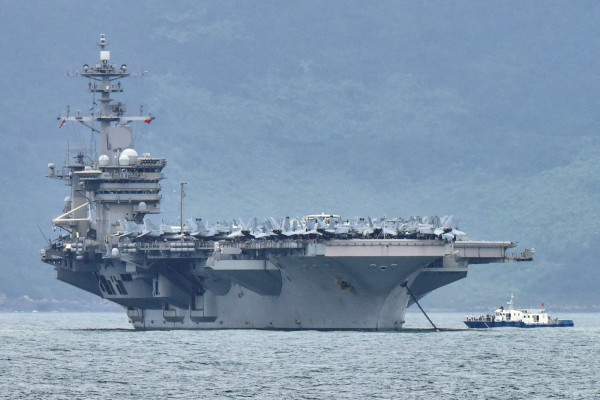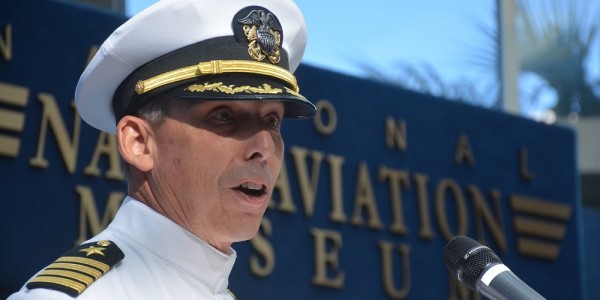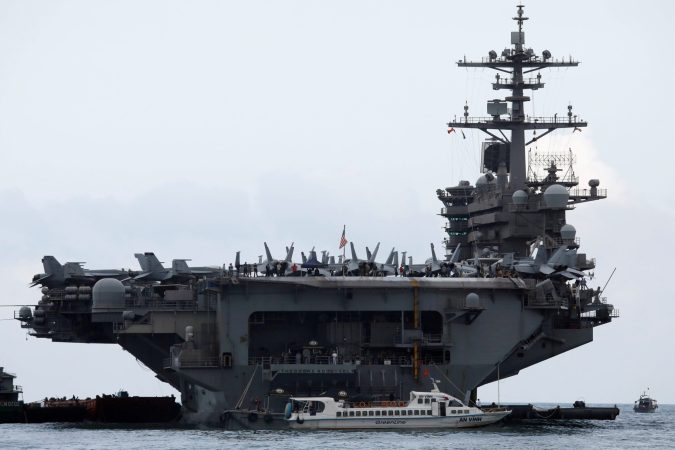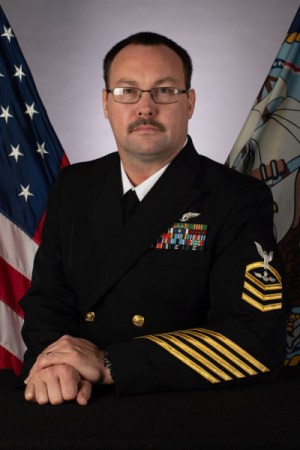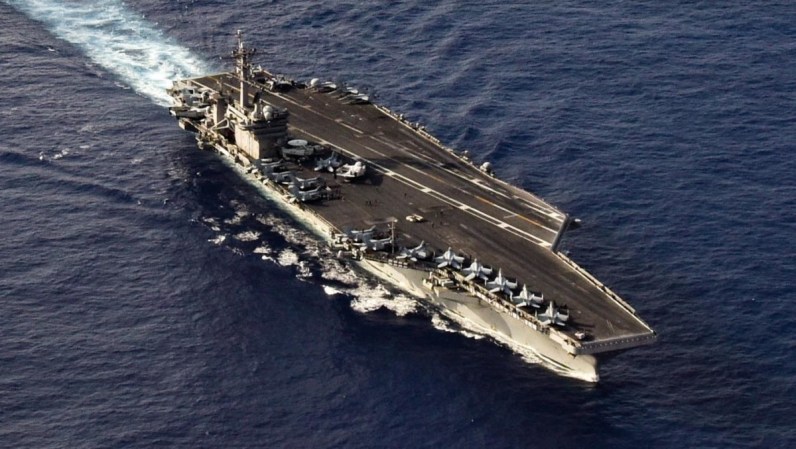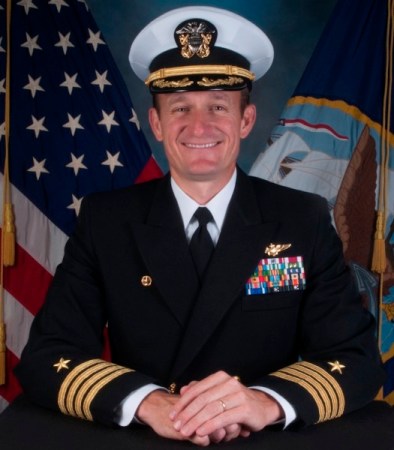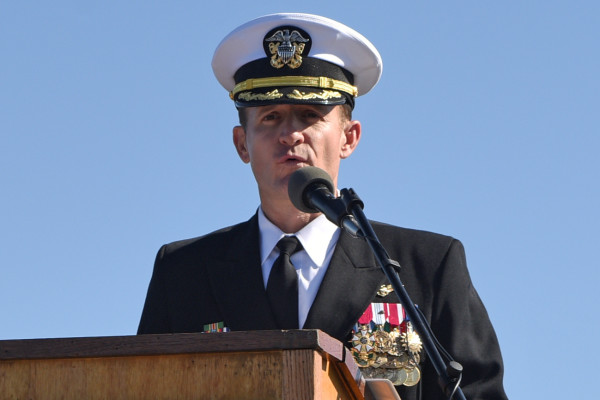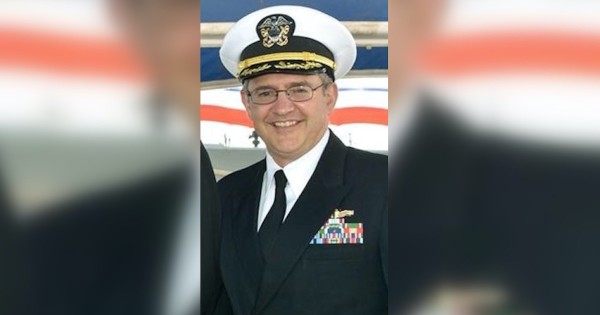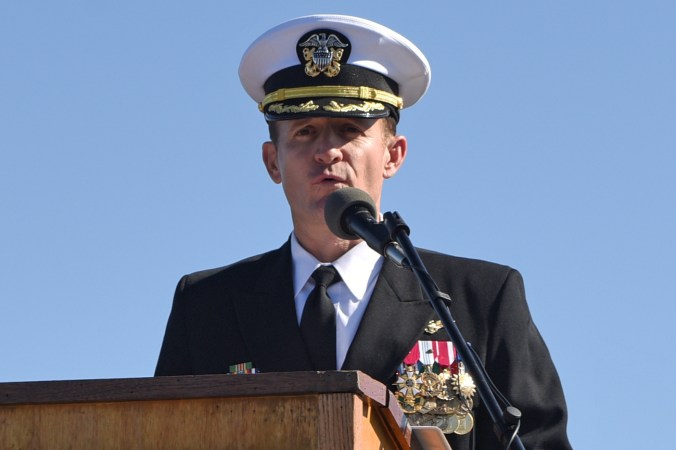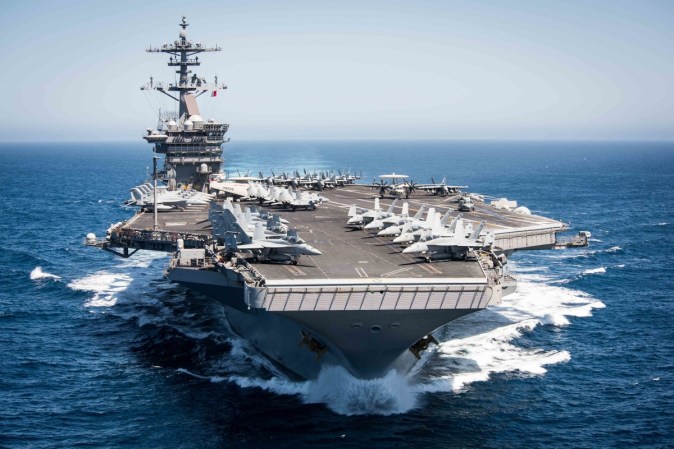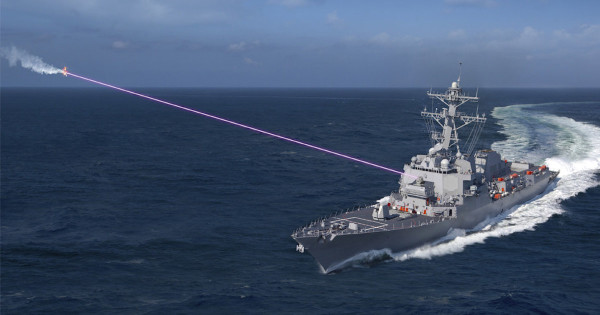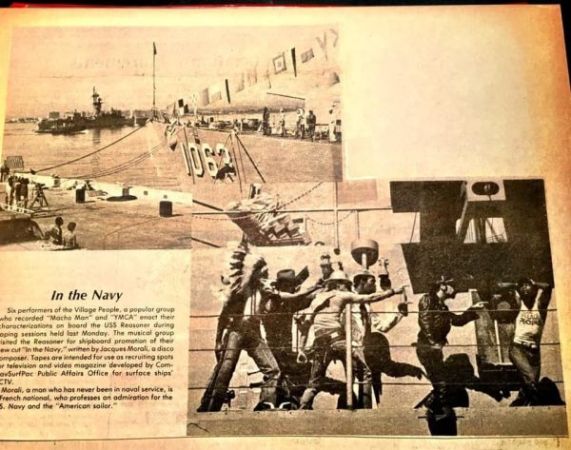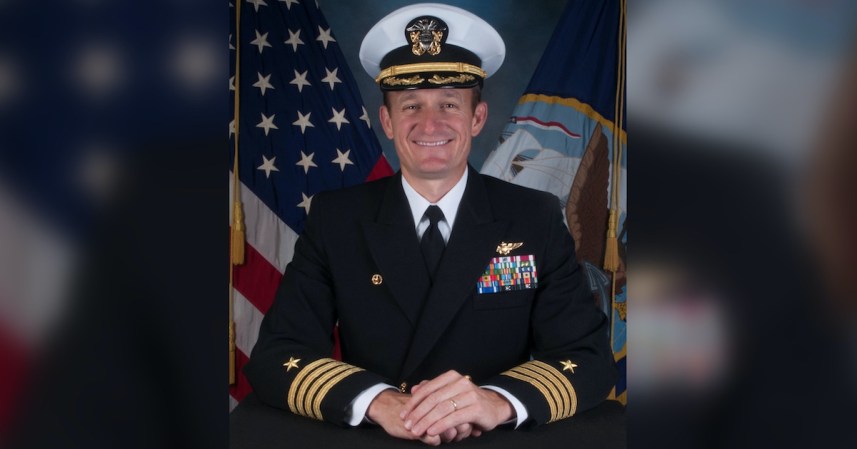The U.S. Navy is expected to play a leading role in winning a war against China, but a chain of command breakdown during a ship fire in 2020 shows how Navy leadership’s bias towards inaction can render the sea service totally impotent during a crisis.
Seaman Apprentice Ryan Sawyer Mays has been charged with arson and other offenses in connection with a fire aboard the amphibious assault ship USS Bonhomme Richard that burned for five days in July 2020 and caused more than $3 billion in damage, prompting the Navy to scrap the ship rather than try to repair it.
Yet precious time was lost in the first hours of firefighting efforts because the chain of command was so confusing that commanders refused to take charge in the emergency, retired Vice Adm. Rich Brown told Defense News reporter Megan Eckstein.
At the time of the fire, Brown was commander of Naval Surface Force, U.S. Pacific Fleet, known as SURFPAC. He told Defense News that he was unsure whether SURFPAC or 3rd Fleet had operational command of the Bonhomme Richard because the ship was undergoing maintenance.
Subscribe to Task & Purpose Today. Get the latest in military news, entertainment, and gear in your inbox daily.
Shortly after the fire broke out, Brown said he could see that the blaze was rapidly getting out of control and a new chain of command needed to be established to coordinate the Navy and civilian firefighters on the scene, but when his staff called 3rd Fleet, they were told, “The ship’s in maintenance, it’s not our problem,” Defense News reported.

Brown said he then tried calling 3rd Fleet’s vice commander, Vice Adm. Scott Conn, who refused to take command of firefighting efforts because the ship was in maintenance, Defense News reported. Brown ultimately assumed command of the response, and he now expects to receive a letter of censure from Navy Secretary Carlos Del Toro for contributing to the loss of the Bonhomme Richard, even though he was already cleared by Adm. Sam Paparo, head of U.S. Pacific Fleet.
Conn led the investigation into the Bonhomme Richard fire, which found the ship’s sailors were not properly trained and equipped at the time of the blaze. The investigation also appears to confirm that there was confusion about the chain of command leading up to the fire.
“Ineffective oversight by the cognizant commanders across various organizations permitted their subordinates to take unmitigated risk in fire preparedness,” the investigation says. “A significant source of this problem was an absence of codification of the roles and responsibilities expected by each organization in their oversight execution.”
On the morning of the fire 87% of the ship’s fire stations “remained in inactive equipment maintenance status,” according to the investigation. None of the crew members tried to use the ship’s foam sprinkling system because it had not been properly maintained and “in part because the crew lacked familiarity with capability and availability.”
The crew made several other mistakes that day, including waiting far too long to report the fire, the investigation found. Several sailors decided not to put their firefighting gear on because they thought they were not wearing the proper uniform to take part in firefighting efforts. Sailors were also not properly trained on how to use emergency breathing devices, leading to cases of smoke inhalation.

Later, power to the ship’s aft section was switched off – likely because the command duty officer thought he was facing an electrical fire – shutting down the ship’s remaining pumps and rendering firefighting equipment inoperable, the investigation found.
None of the Bonhomme Richard’s installed firefighting systems had been used to douse the blaze when all firefighters were ordered off the ship more than two hours after the fire started. A massive explosion knocked down firefighters and sailors shortly after the ship was abandoned. Any opportunity to contain the fire had been lost.
“Once the fire started, the response effort was placed in the hands of inadequately trained and drilled personnel from a disparate set of uncoordinated organizations that had not fully exercised together and were unfamiliar with basic issues to include the roles and responsibilities of the various responding entities,” the investigation said.
Navy spokesman Rear Adm. Charles Brown said the investigation into the Bonhomme Richard fire was “thorough” and it helped “to identify corrections across the fleet” to prevent shipboard fires.
The investigation also found that the Navy’s policies about who exactly was supposed to be in charge of the Bonhomme Richard when the ship caught fire were “not fully consistent,” Rear Adm. Brown told Task & Purpose. However, the Navy considered Third Fleet to be the operational commander that was two echelons above the Bonhomme Richard, he said.
“But more specifically, the Standard Naval Distribution List (SNDL), which establishes the shore command and control structure, placed the BHR [Bonhomme Richard] as an echelon IV command directly underneath SURFPAC,” Rear Adm. Brown said. “The SNDL made clear that the BHR was directly reportable and accountable to SURFPAC.”
That is what Navy commanders wrestled to untangle as the fire aboard the Bonhomme Richard quickly consumed the entire ship.
The latest on Task & Purpose
- The few, the proud, the drunk: Meet America’s revolutionary yet ‘ungentlemanlike’ troops of 1776
- A rocket mysteriously crashed on the Moon. The military has no idea who sent it
- Fake Navy SEAL ordered to stop being a fake Navy SEAL
- Why the Army refuses to call its new light tank a ‘light tank’
- The Air Force now has a golden F-16
Want to write for Task & Purpose? Click here. Or check out the latest stories on our homepage.

